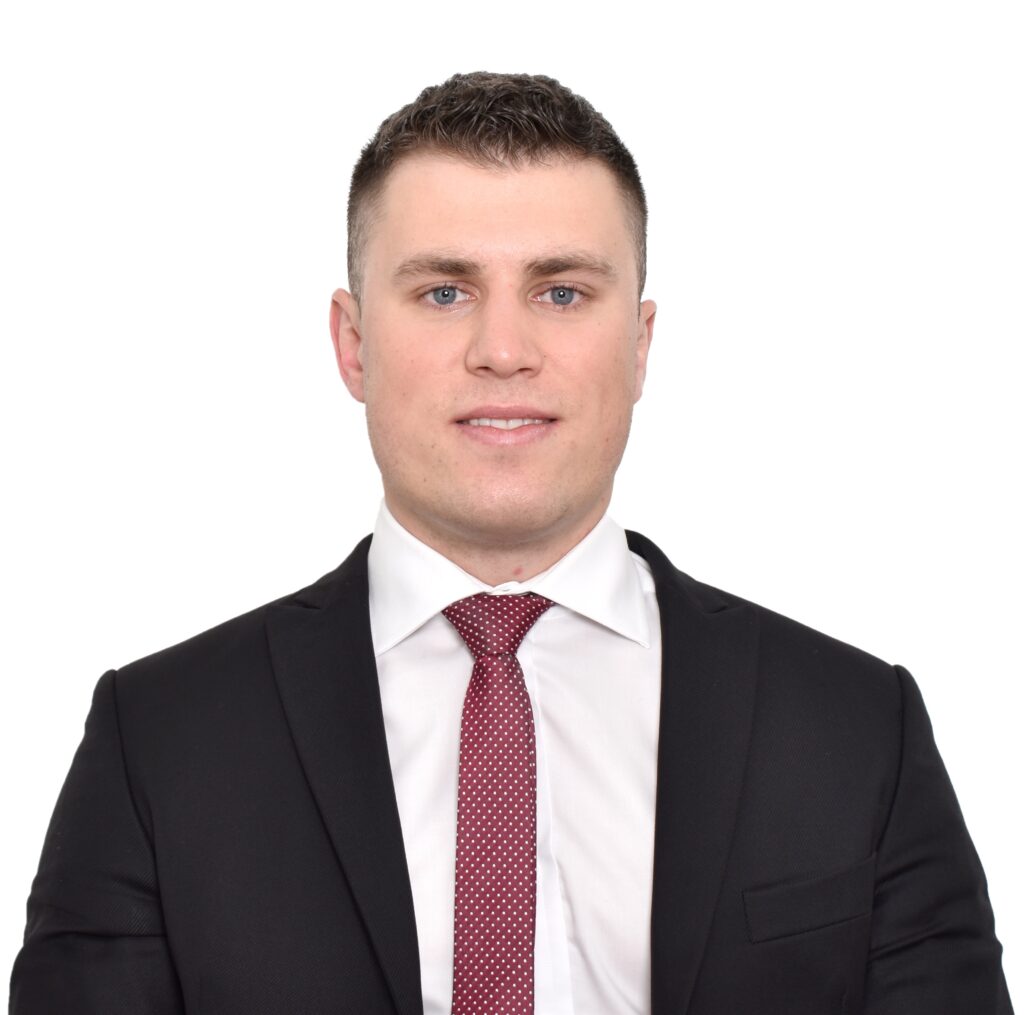EngD student 2017 intake
University: Imperial College London
Industrial partner: EDF Energy
Background: Undergraduate BEng in Mechanical Engineering with Oil and Gas Studies at University of Aberdeen, graduating in June 2017. Previously worked on the use of elastic waves for damage detection and structural health monitoring in composite wind turbine blades.
Guided Wave Testing of feature-rich structures
Guided Wave Testing (GWT) is well established in industry for the routine inspection of pipelines. The established inspections are almost always on pipeline structures with low density of features, so that reflections of the guided waves from defects are usually adequately separable from the signals arising from other benign features of the pipelines.
This EngD project will investigate deployment of guided waves for relatively short range inspections to detect and characterise specific candidate defects in pipes and other tubular structures in which the geometry is complex and there is a higher density of features than is usually encountered in GWT. A typical example would be to detect and size a crack at a weld at a location just 2-5 metres from the transducer, when there are structural features nearby and access for direct inspection at the defect location is not possible. Furthermore, access for placing the transducer may also be incomplete, such as access to only part of the circumference of the pipe/tube.
The aim, and central deliverable, of the project is to develop capability to detect and characterise defects in such structures. The proposed approach is to establish a means to anticipate the expected (background) signals in the absence of a defect, and then identify and interpret any superposed signal that is associated with a candidate defect. This will be done using numerical model simulations, using the so-called full wave inversion methodology.


